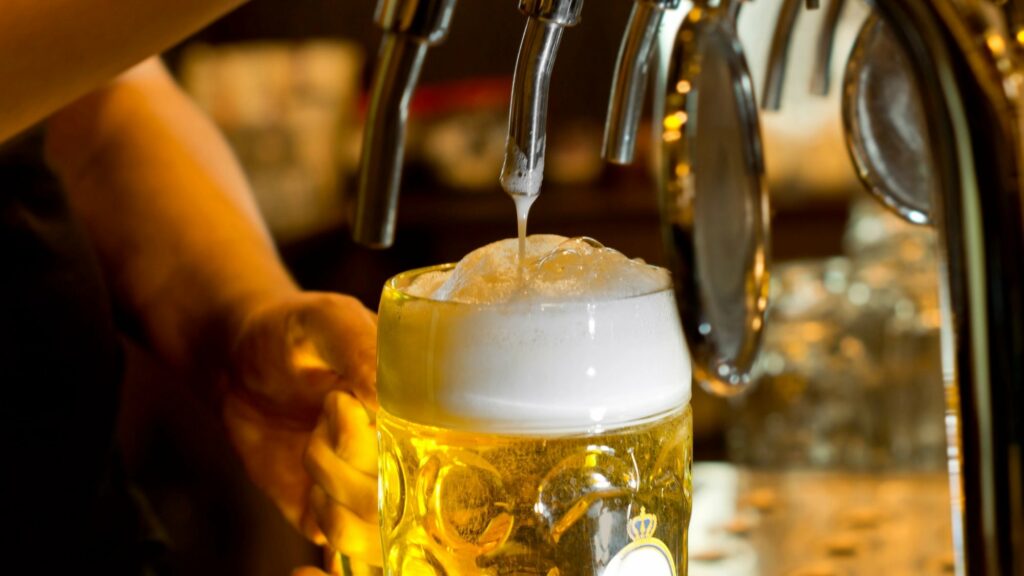Yeast not only causes fermentation—in some cases, the microorganisms can actually purify water. Even if MIT researchers didn’t know exactly how the process worked, the results were plain to see. Thanks to biosorption, yeast cells bind and absorb heavy metal ions like lead, even at concentrations below 1 part per million. And according to their calculations, a single brewery in Boston could produce enough waste yeast to treat the entire city’s water supply. But there was a fatal flaw back when first studied in 2021—researchers couldn’t figure out how to remove all that yeast after it binded to the toxic matter.
After three years of further research, the team of chemical, molecular, and aerospace engineers say they have a solution: hydrogel casings made by a widely used, UV light-sensitive polymer known as polyethylene glycol (PEG).
[Related: The best water filters of 2024.]
“What we decided to do was make these hollow capsules — something like a multivitamin pill, but instead of filling them up with vitamins, we fill them up with yeast cells,” MIT graduate student Devashish Gokhale explained in an announcement accompanying his new co-authored study in the journal RSC Sustainability.
To make their “multivitamin,” the team mixed freeze-dried yeast into water alongside the PEG polymers. With the addition of UV light, the PEG combined into roughly half-millimeter, semipermeable exterior capsules around the yeast cells. Even within their new casings, the waste yeast still removed trace lead from water as quickly as it did on the barrier.
“These capsules are porous, so the water can go into the capsules and the yeast are able to bind all of that lead, but the yeast themselves can’t escape into the water,” Gokhale continued.
After confirming the capsules were strong enough to withstand faucet water’s fluid forces, researchers built a proof-of-concept, EPA-grade packed-bed biofilter filled with the new hydrogel-yeast granules. Their filter then strained trace lead-contaminated water continuously for 12 days, all while using less energy than existing systems such as membrane filtration.
Given the comparative cost-effectiveness alongside yeast’s availability, researchers believe their findings could lead to a sustainable, cheap water treatment alternative—something which could greatly benefit low-income, historically disadvantaged communities dealing with pollution and limited sources of clean water.
Going forward, researchers hope to investigate methods for recycling and replacing the filter yeast, as well as develop greener hydrogels from feedstocks instead of fossil-fuel-derived polymers. They also plan to expand their filter’s contaminate capacity to include microplastics and forever chemicals.
>>> Read full article>>>
Copyright for syndicated content belongs to the linked Source : Popular Science – https://www.popsci.com/technology/beer-yeast-water-filter/
